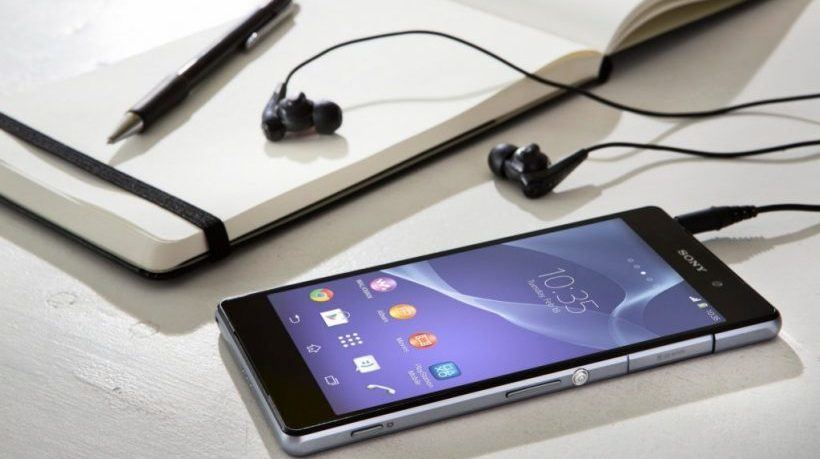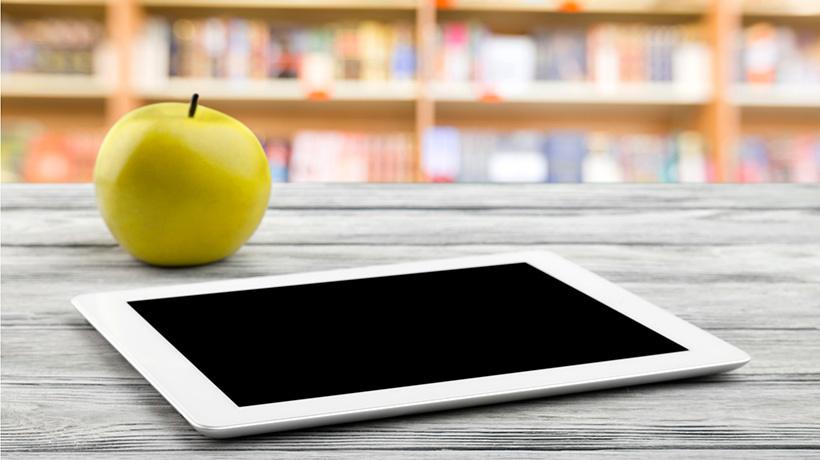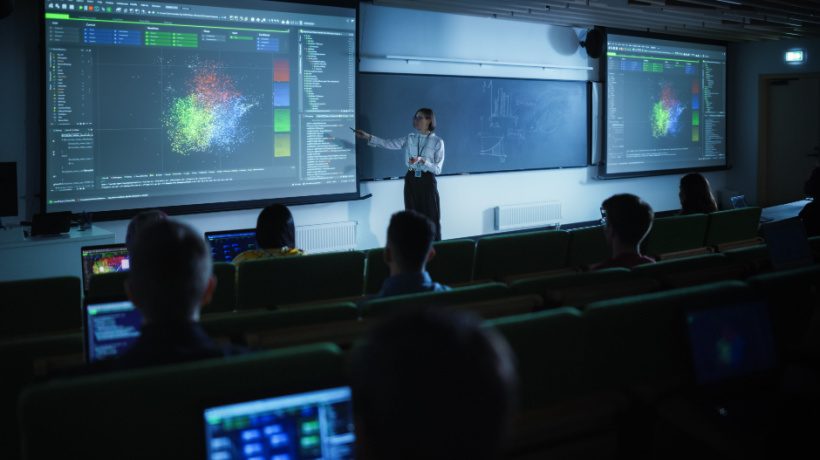Is Classroom Technology Changing The Landscape Of Student Engagement?
Technology is entangled with every part of our life. It dictates our way of shopping, socializing, connecting to others, and playing, so it is quite logical that it is going to have a significant influence on the way we learn.
Students generally have a favorable attitude toward technology. However, according to Eden Dahlstrom from EDUCASE, technology has only a moderate influence on students’ active involvement in particular courses or as a connector with other students and faculty. The rest is still up to the teacher and how they can inspire their students.
Introducing technology into your classroom does not just include bringing a netbook or iPad. Teachers need to use technology to enhance their and their students’ performance. There are several ways to go about this, for example assigning online course content and using adaptive software for students with special needs has had a great positive impact. Equally beneficial is the usage of online student assessments and other available digital tools.
Along with the tablets and iPads and Kindles, smartphones have also been given a place in a classroom. A recent study on the mobile device use has shown that this has opened a door to some negative influences. For example students who spend more than four hours using their smartphones get less sleep, while students who did not use smartphones at all and studied 30 minutes a day had higher scores on a math exam than those who spent two hours a day both studying and using mobile devices. Based on this data it can be concluded that the use of technology does not directly increase students’ productivity.
How Have The Roles Changed?
In their pursuit to keep up with their students and to keep their interest more and more, educators are implementing technology in their lectures. From the simple visual means like PowerPoint presentations to more advanced methods like Voice Thread or Moodle Glossary that enable students to actively participate and mold their own learning experience.
Another major benefit of the usage of technology in the classroom is that it changes the role of a student from a passive to an active one. Students are no more just recipients of knowledge; they have become seekers, makers, and distributors. They are put in a position where they can define their own goals, have an impact on design decisions, and even evaluate their own progress. This change has proven to have a positive impact on both their self-esteem and their motivation.
Do Social Media Belong In The Classroom?
The views on whether social media belong in a classroom vary. Most educators these days use platforms like YouTube on daily basis to enrich their lectures and make them more engaging. Many university professors have admitted to also using Facebook and Twitter to inform their students about some changes or to assign tasks. Jim Newman, a Ph.D. student and instructor at Northern Illinois University, says that he uses Twitter not as a news source for his class, but as a bulletin board:
“I use it as an additional way to let students know if there’s some last-minute news, like class being cancelled.”
On the other hand there have been some negative outcomes from the usage of social media in the classroom. Slang terms and text-speak have become common in the classrooms. Student assignments are filled with things like IDK (I don’t know), SMH (shaking my head), and BTW (by the way) and teachers are still uncertain how to deal with these issues. Also punctuation and capitalization have sadly gone out the classroom window, and the students are not even aware that they are doing it. The lack of acre that they give to punctuation and spelling when using text messages and social media has now been transferred to school assignments and writing tasks.
Conclusions
The fact that technology has entered our classrooms and is here to stay is undeniable. What is left is finding the best possible way to navigate through the sea of pros and cons finding the best possible solutions for your students and their needs. Educators on all levels need to be alert and to at least try to nip all the negative outcomes in the bud before they let their students out into the real world.









